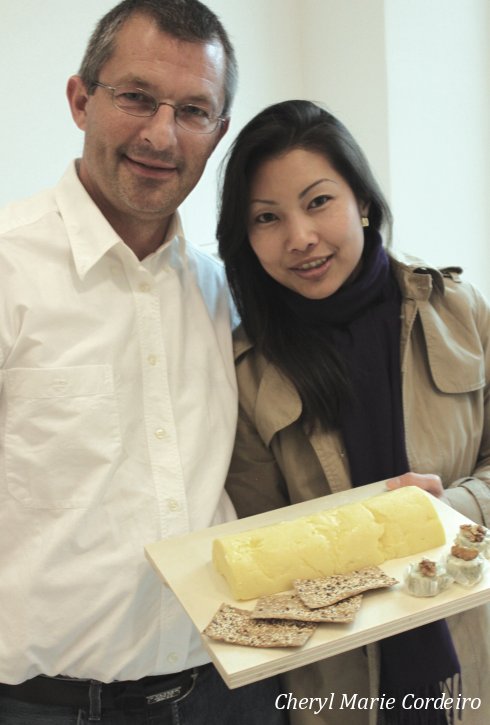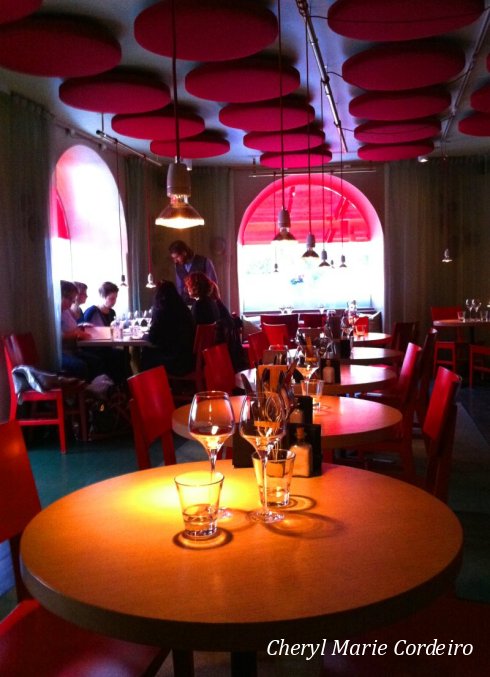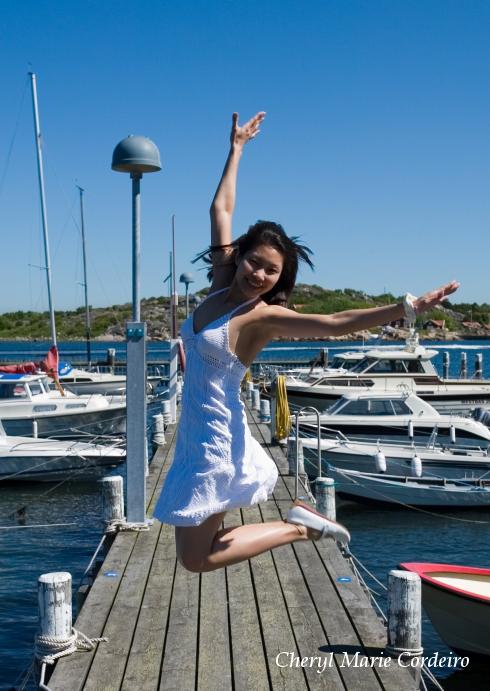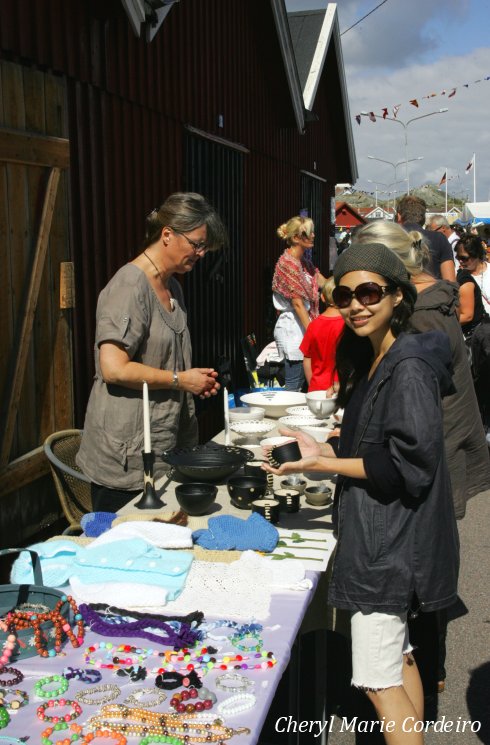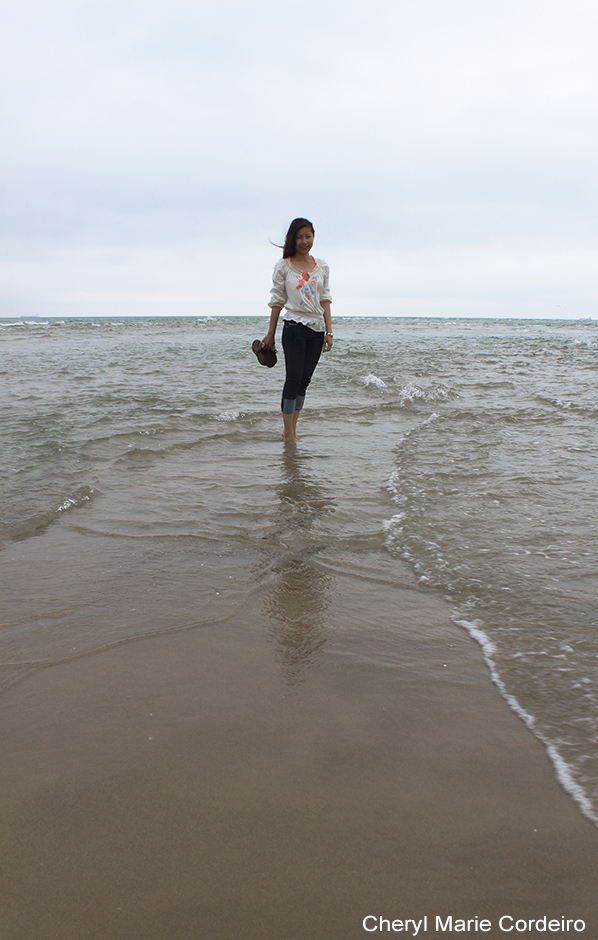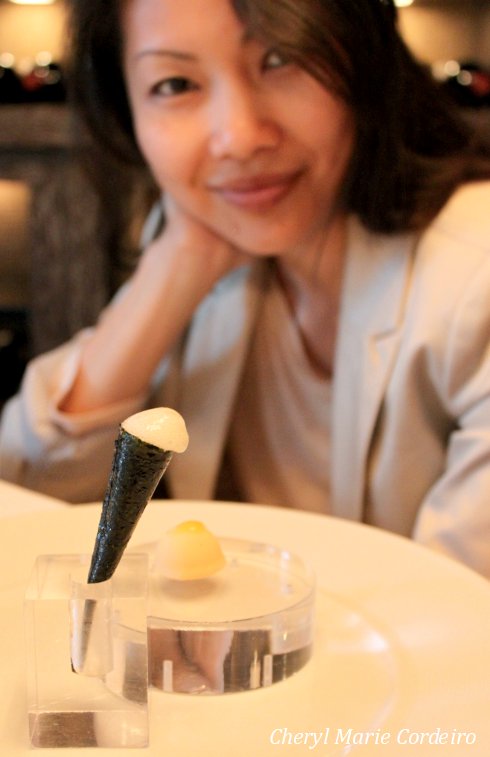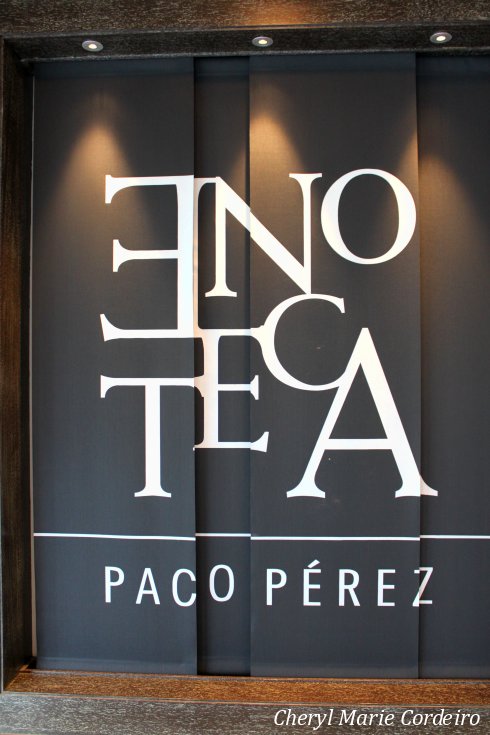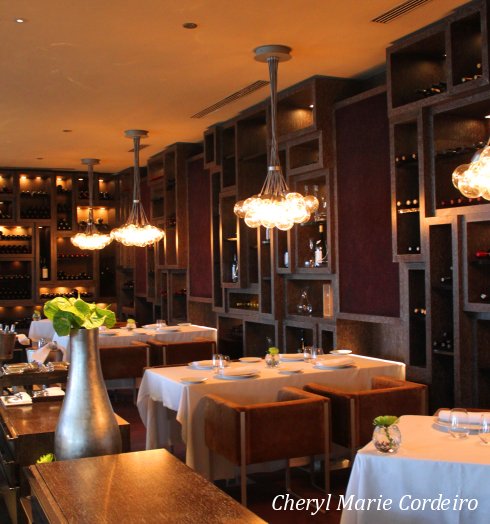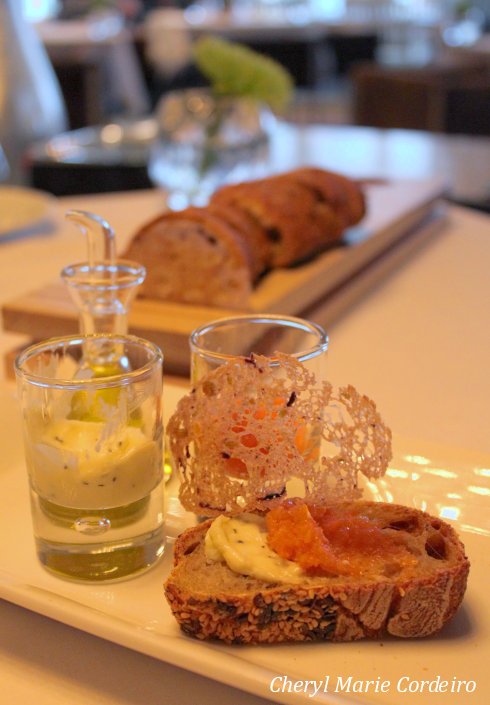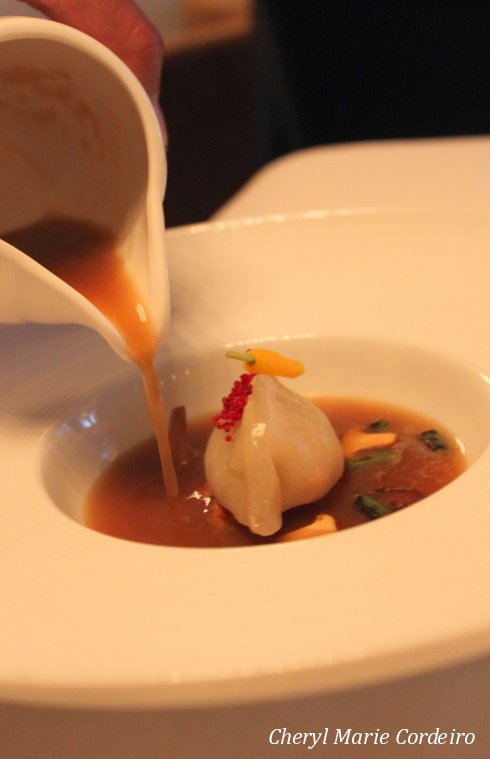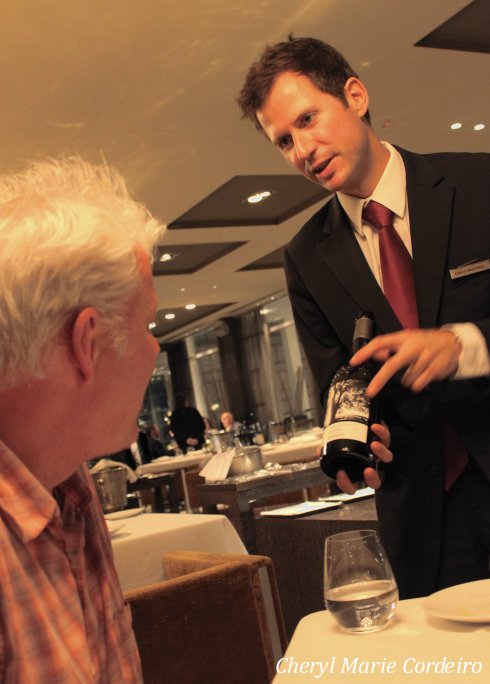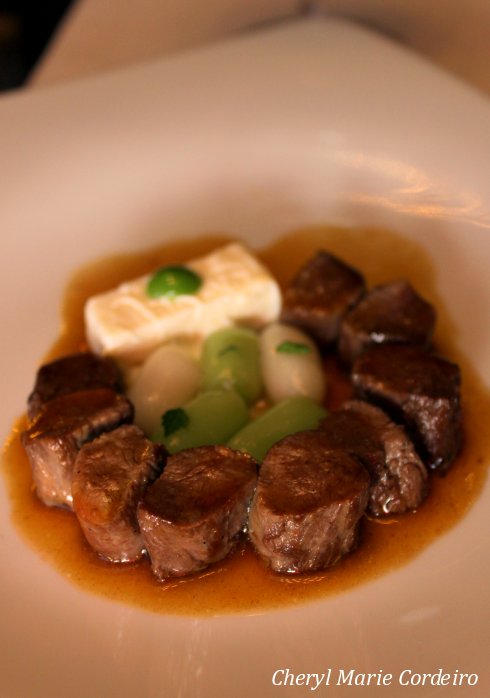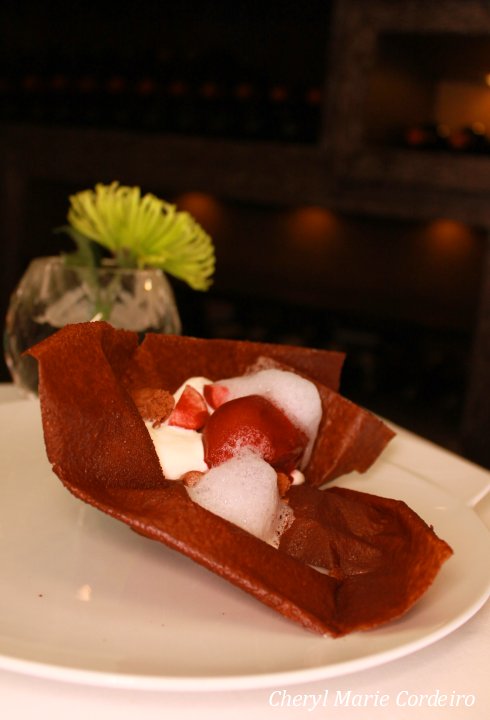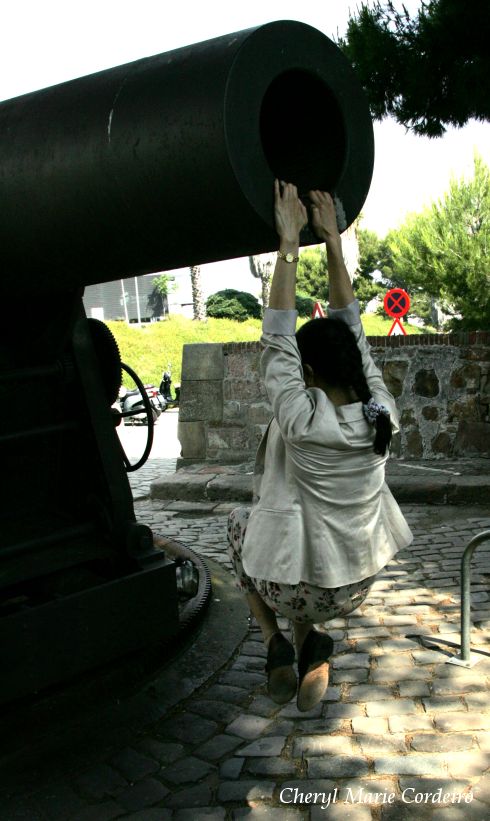Lujiazui by night. In the background, lit blue, the Oriental Pearl Tower.
Text and Photo © K Meeks and CM Cordeiro 2011
When in Shanghai, the last place I expected to find myself exploring come sundown is Lujiazui, the city’s financial district, as the more popular of nightspots would include Xintiandi or even the quieter street of Hengshanlu lined with all sorts of eateries from Turkish and Thai to Hunan cuisine.
Shanghai Word Financial Center (SWFC).
Still, walking down the pristinely clean streets of Lujiazui lit blue and orange from the surrounding buildings, called to mind the quiet of Raffles Place and Singapore’s very own Central Business District by night, where all at once, despite the glittering globes of the Oriental Pearl Tower in festive blue ahead, I couldn’t help but feel at home, thinking – this is Asia! – and how much I miss its vibes when living and working in Scandinavia. Continue reading “Lujiazui by night, Shanghai”
